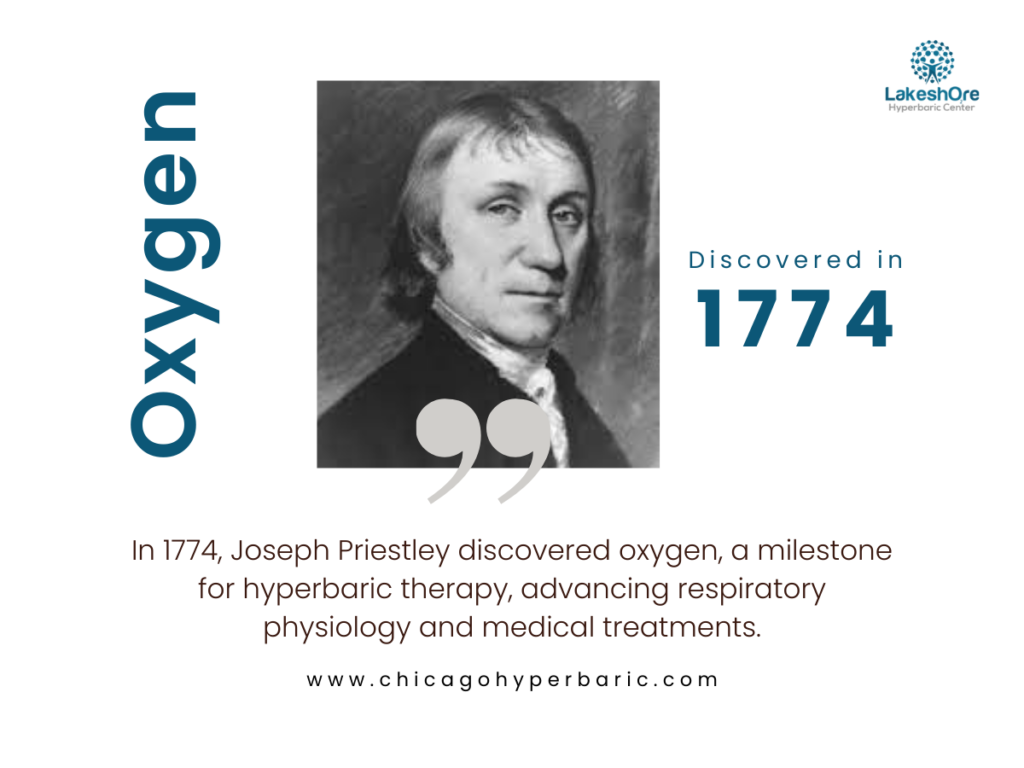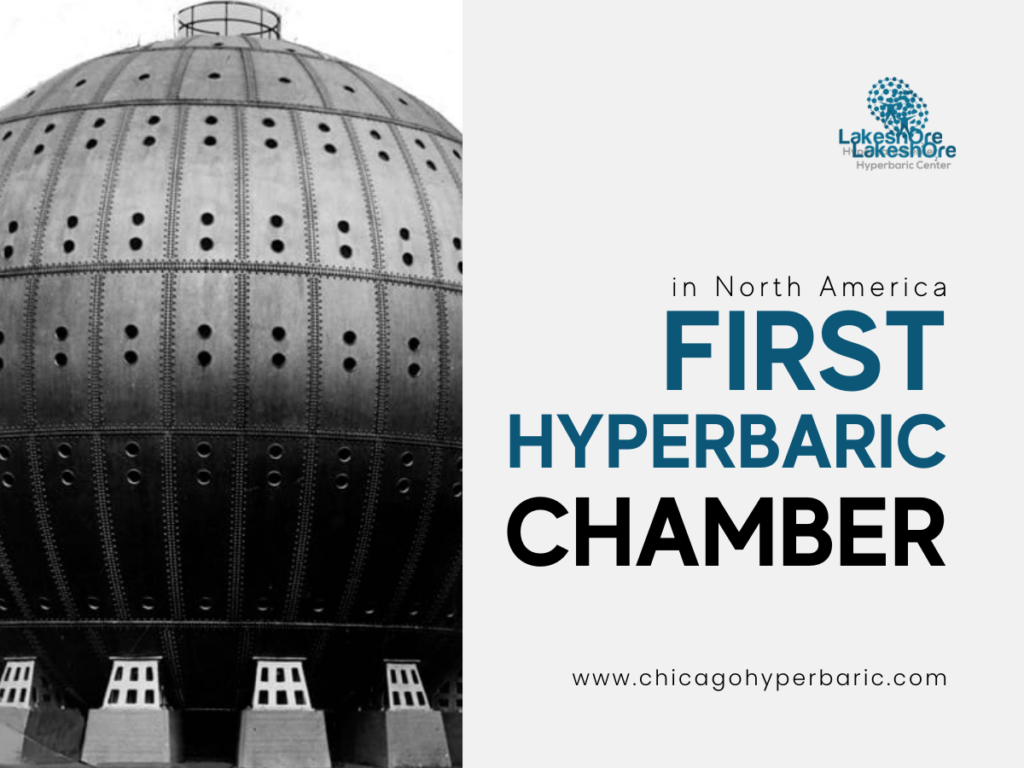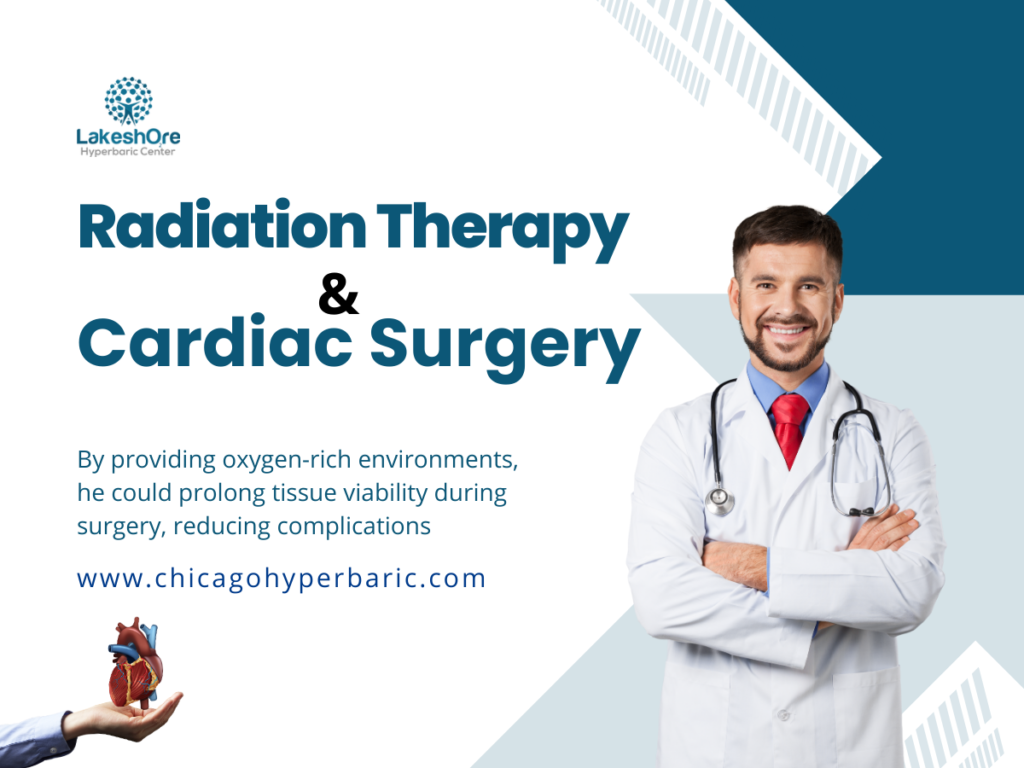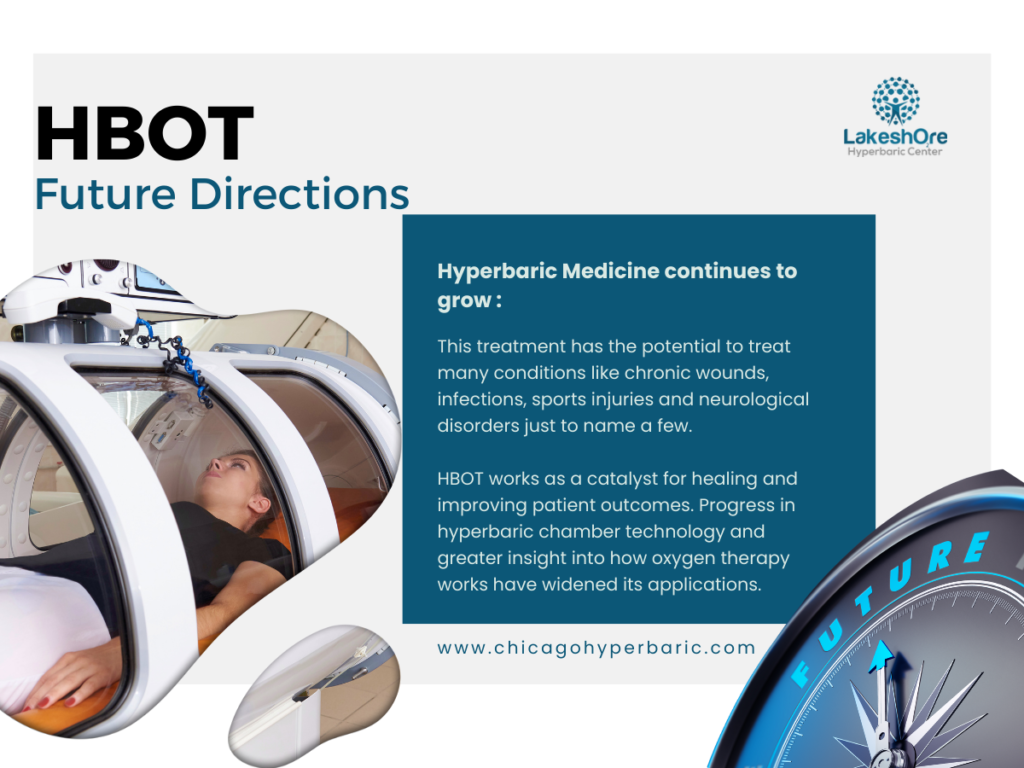Hyperbaric medicine, also known as hyperbaric oxygen therapy (HBOT), has come a long way over the centuries. While it’s a relatively new formal practice, its history goes back more than 350 years.
The term “hyperbaric” comes from Greek roots: “hyper-” meaning high or beyond, and “baros” meaning weight. This field has seen many advancements and has greatly impacted medical treatments. Let’s explore the key events in the history of HBOT and its significance.
Early Beginnings
1662 – The First Hyperbaric Chamber
Hyperbaric medicine began in 1662 when British clergyman Henshaw created the first hyperbaric chamber, called the “domicilium.” He is one of the pioneers of HBOT. This basic structure allowed changes in atmospheric pressure for therapeutic purposes. Henshaw thought varying pressure could treat many ailments, though the scientific understanding was limited.

1774 – Discovery of Oxygen
In 1774, English scientist Joseph Priestley discovered oxygen, marking it as one of the hyperbaric therapy milestones. His discovery laid the groundwork for understanding the therapeutic potential of oxygen in medical treatments. While the connection between oxygen and hyperbaric therapy wasn’t immediate, Priestley’s work was crucial for advancing respiratory physiology.
Advancements in the 19th Century
1830s – Copper Sphere Hyperbaric Chamber
In the 1830s, Junod and Fabare built a copper sphere hyperbaric chamber in France. This chamber could reach pressures of 2–4 atmospheres (atm). They believed increased pressure enhanced oxygen delivery to tissues, though the precise mechanisms were still being studied.
1859 – First Recorded Death from Decompression Sickness
Understanding pressure-related conditions also grew during this time. In 1859, the first recorded death from decompression sickness, or “the bends,” occurred. This condition was a major concern for divers and workers in pressurized environments. This tragic event highlighted the need for effective treatments, eventually leading to the use of hyperbaric oxygen therapy.
The Rise of Hyperbaric Medicine in North America

1860 – First Hyperbaric Chamber in North America
In 1860, hyperbaric chambers made their way to North America for medical purposes. This marked the beginning of formal hyperbaric medicine practices in the region, paving the way for further research and applications of hyperbaric therapy.
20th Century Breakthroughs

1937 – Treating Decompression Sickness
In 1937, Behnke and Shaw successfully used hyperbaric oxygen to treat decompression sickness. This was the first effective use of HBOT for a specific medical condition, showing its potential in treating pressure-related ailments.
Their work laid the foundation for modern hyperbaric medicine, proving the effectiveness of oxygen therapy under increased pressure.

1955 – Improving Radiation Therapy and Cardiac Surgery
In 1955, Churchill-Davidson used hyperbaric oxygen therapy to enhance radiation therapy for cancer patients. By increasing oxygen levels in tumors, he aimed to improve radiation treatment effectiveness. This innovative approach showed the potential of HBOT in oncology.
At the same time, Boerema used hyperbaric oxygen therapy to extend the time of circulatory arrest during cardiac surgery. By providing oxygen-rich environments, he could prolong tissue viability during surgery, reducing complications. These pioneering applications showcased the versatility of hyperbaric medicine in various medical fields.

Modern Applications and Future Directions
Today, hyperbaric medicine continues to grow, and the research work on it is never paused. This treatment has the potential to treat many conditions like chronic wounds, infections, sports injuries and neurological disorders just to name a few.
HBOT works as a catalyst for healing and improving patient outcomes. Progress in hyperbaric chamber technology and greater insight into how oxygen therapy works have widened its applications.
Conclusion
The history of hyperbaric medicine highlights the strength of scientific discovery and HBOT technology evolution. Starting with Henshaw and Priestley’s early experiments, through to the pioneering work of Behnke, Shaw, Churchill-Davidson, and Boerema, hyperbaric medicine has changed the way medical treatments used to be.
With ongoing research finding new uses and refining existing methods, hyperbaric medicine remains a hopeful discipline with the capacity to improve many lives.




